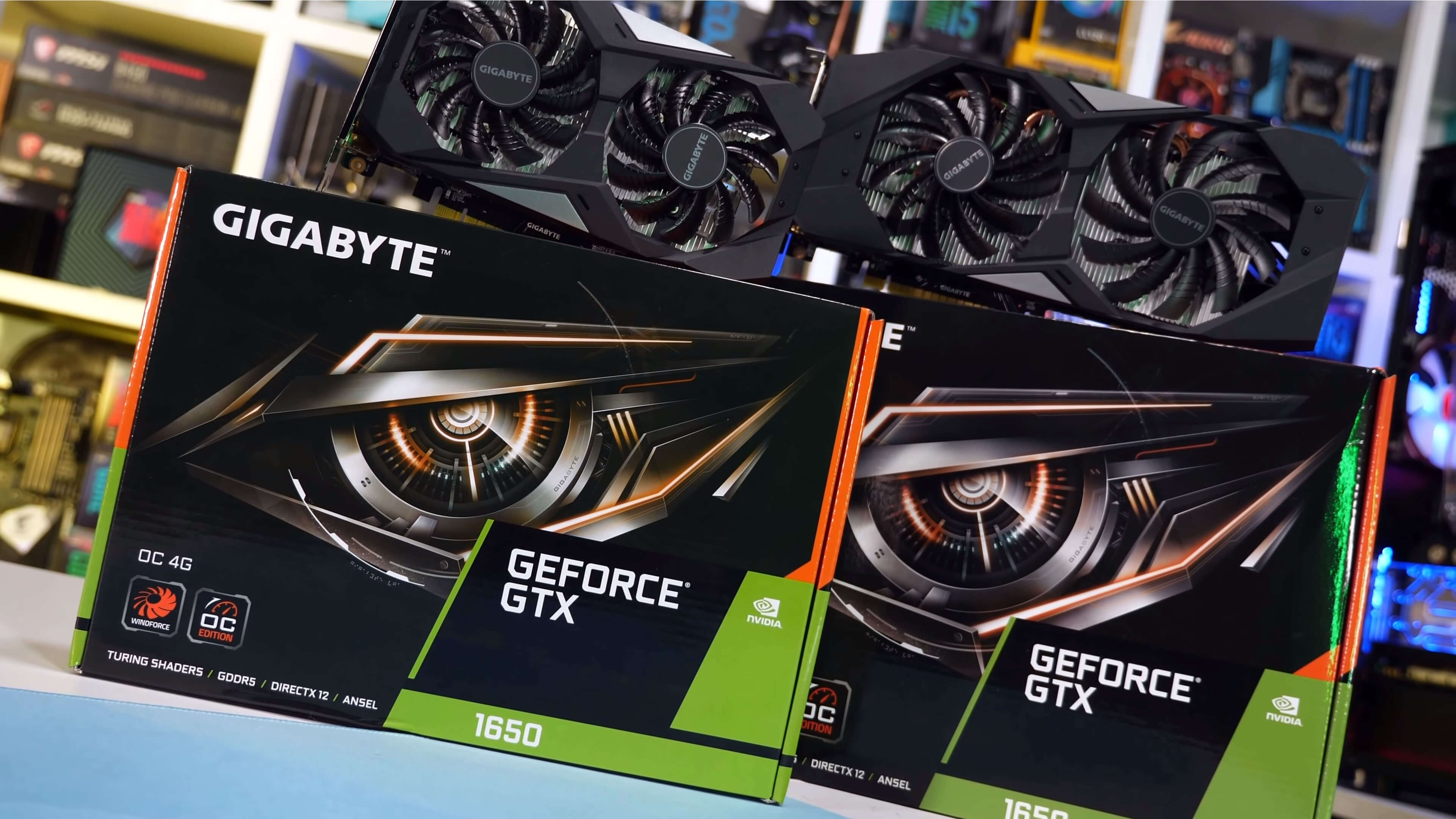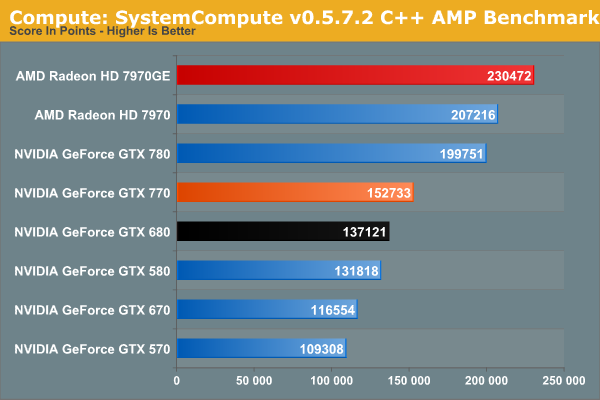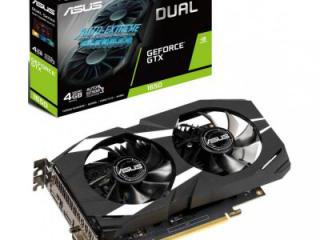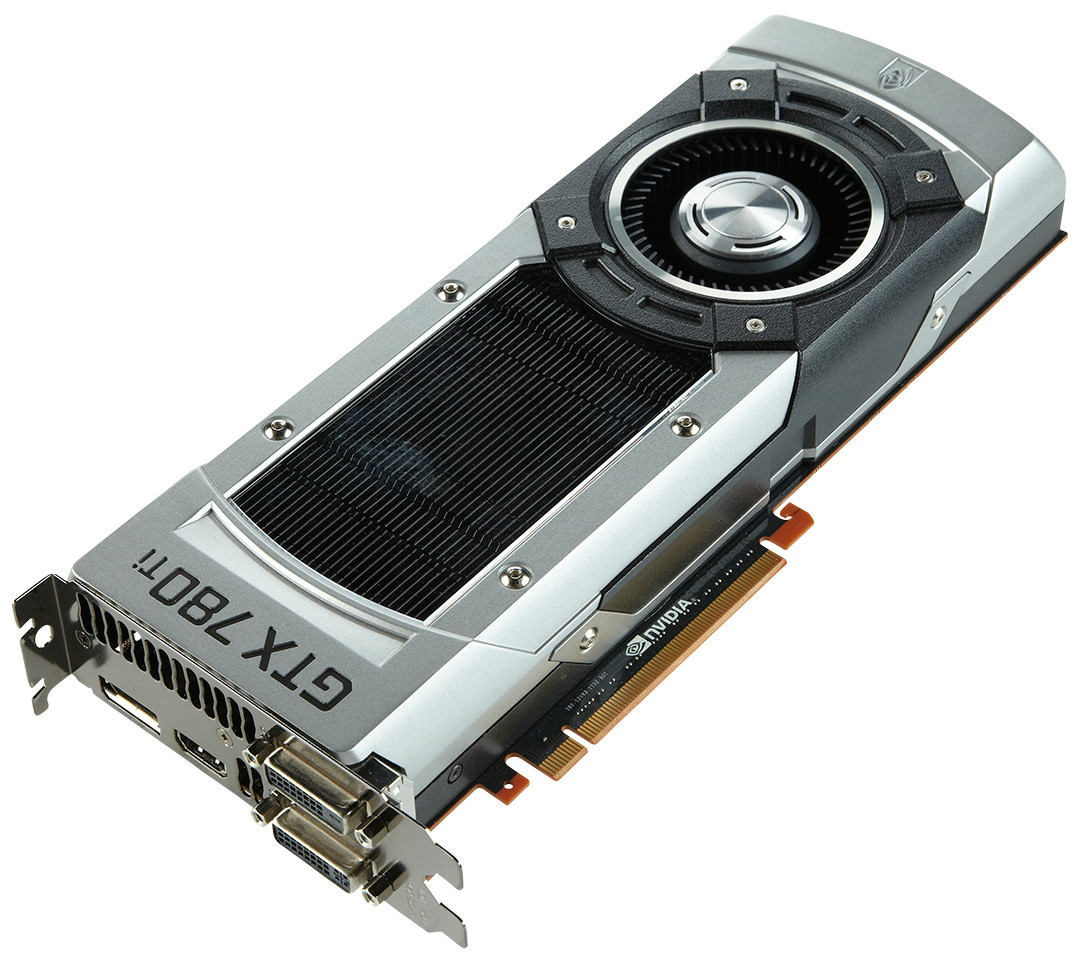

ROPs (Raster Operations Pipelines - also sometimes called Render Output Units) are responsible for filling the screen with pixels (the image). Pixel rate is calculated by multiplying the number of Render Output Units by the clock speed of the card. Pixel Rate: Pixel rate is the maximum amount of pixels that the graphics card could possibly write to the local memory in one second - measured in millions of pixels per second. It is measured in millions of texels applied per second. The higher the texel rate, the better the video card will be at texture filtering (anisotropic filtering - AF). This number is calculated by multiplying the total amount of texture units by the core clock speed of the chip. Texel Rate: Texel rate is the maximum amount of texture map elements (texels) that can be applied per second. It especially helps with anti-aliasing, High Dynamic Range and higher screen resolutions. GPU Boost 2.0, PhysX, TXAA, NVIDIA G-SYNC-ready, SHIELD-ready Important Technologies. The better the memory bandwidth, the better the card will be in general. If the card has DDR RAM, it must be multiplied by 2 again.

It is calculated by multiplying the interface width by the speed of its memory. The actual pixel fill rate is also dependant on many other factors, especially the memory bandwidth of the card - the lower the memory bandwidth is, the lower the ability to get to the maximum fill rate.Memory Bandwidth: Memory bandwidth is the largest amount of data (in units of MB per second) that can be transferred over the external memory interface in one second. ROPs (Raster Operations Pipelines - also called Render Output Units) are responsible for filling the screen with pixels (the image). The figure is calculated by multiplying the number of Render Output Units by the clock speed of the card. Pixel Rate: Pixel rate is the maximum number of pixels that the graphics card could possibly record to the local memory in one second - measured in millions of pixels per second. It is measured in millions of texels processed in one second.

The better the texel rate, the better the card will be at texture filtering (anisotropic filtering - AF).
#Compare graphics cards geforce gtx 770 vs geforce gtx 780 1080p
For comparison, csgo 1080p high at average 140ish fps, but in games like rainbow six siege 1080p low average 70ish fps. Graphics Card Rankings (Price vs Performance). This number is worked out by multiplying the total texture units by the core clock speed of the chip. Device: 10DE 1184 Model: NVIDIA GeForce GTX 770 Poor: 32 Average: 34.1 Great: 36. Pixel Rate: Pixel rate is the maximum number of pixels that the graphics card can possibly write to the local memory in one second - measured in millions of pixels per. It also uses a 256-bit memory bus, and uses a 28 nm design. Texel Rate: Texel rate is the maximum number of texture map elements (texels) that are applied in one second. Compare that to the Geforce GTX 770, which has a clock speed of 1046 MHz and a GDDR5 memory speed of 1753 MHz. It especially helps with AA, High Dynamic Range and higher screen resolutions. nVidia has clocked the core speed at 1046 MHz. Compare those specifications to the Geforce GTX 770, which uses a 28 nm design. It features 2688 SPUs along with 224 Texture Address Units and 48 Rasterization Operator Units.

The better the bandwidth is, the better the card will be in general. The GeForce GTX Titan features core speeds of 837 MHz on the GPU, and 1502 MHz on the 6144 MB of GDDR5 RAM. If it uses DDR RAM, it should be multiplied by 2 again. It's worked out by multiplying the interface width by the speed of its memory. Memory Bandwidth: Bandwidth is the largest amount of information (in units of MB per second) that can be transferred across the external memory interface in one second.


 0 kommentar(er)
0 kommentar(er)
